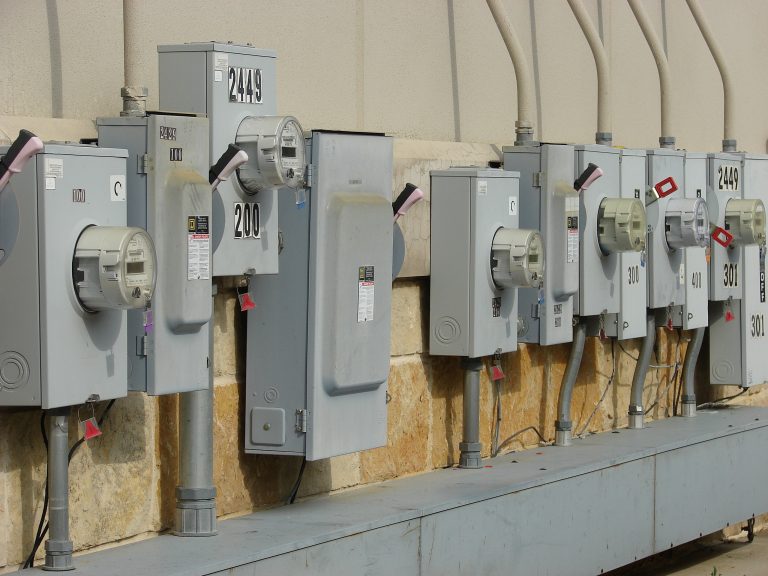Last Updated on June 9, 2024 by Asfa Rasheed
What are electrical boxes?
Important parts of your living area electrical system called electrical boxes enclose wiring to guard against short circuits. But the broad range of boxes confounds many Articles of association. There are boxes made of plastic and aluminum, “future work” and “old take a job,” round, hexagonal, and triangular shapes, as well as boxes with the customer and increase for large luminaires and ventilation systems.
Home centers and major hardware stores have all the popular top boxes used for household wiring tasks, but it’s crucial to understand the variations to pick the right box for each work.
The Techniques to control Switches for such a High-Tech Home
- Metallic and plastic Electrician Boxes
- Best for Varying chemical or non-metallic cables, material cables, or metal tubing (metal outlets) (plastic boxes)
Steel and plastic boxes
Steel and plastic electricity boxes are the most common types. Plastic or fiberglass is used to make boxes in the metal and plastic industries, respectively. Outdoor impermeable metal boxes are often composed of aluminum.
A metal box is necessary if you use a metal conduit to route wire to the circuit board since the tubing and iron box can be utilized to balance the equipment.
The best use for single-photon light switching and outlet receptacles are in a conventional rectangular box (02 of 11).
Electric Boxes of Various Types
• 1. Conventional (Single Gang)
- Conventional boxes have been used for singular dimmer switches, selectors, duplex receptacles, heaters, and other things that require only a single hole. These boxes are approximately two high (albeit not all have a rear) by about 1-1/4 broad.
- These many electric box types are available in a variety of designs, notably blank (no shutouts), combination (composite switch/outlet panel), double combo (dual outlet plus switch crate), double blank (empty plates next to each other with no knockdown apertures on either plate), and with elimination connectors (knockdown openings on both plates).
- Knockout plugs are helpful until you insert a sizable eyelet or conduit plug into an electrical outlet since it’s sometimes simpler to accomplish this before mounting the electrical box to the wall.
Read More: What is Microsoft Intune- All you Need to Know About
• 2. Expanded (Double Gang)
- These are utilized for bigger appliances that need a more obvious service access point, such as furnaces, air conditioning units, or other machinery.
- There are 120-volt & 240-volt variations of these. Use both outlets (and breakers) while using a 120-volt device to prevent overheating.
- These various electric boxes are typically seen in kitchens or restrooms. The bottom outlet is always on, but the top outlet may be turned on or off by turning a switch within your home’s breaker box.
- To brighten counters when dining at nighttime without relying on ceiling lights and expending energy, some householders install extra lights above their kitchen.
- Another option is to wire the second bottom socket directly through into the main electric system of your house. You can plug things into either outlet to get electricity without flipping any switches. Choose an outside-in cable featuring three prongs that can slide into either aperture if you intend to run an AC adapter outside your home. For quick setup, attach two-pronged adapters to either end.
• 3. Large (Rinse Mount or Bottom Mount)
- You may place your wiring closet on such a wall or other surface using this box, which is square in design.
- There are two sizes available for big boxes: two deep with 15-amp switches and four broads for 20-amp devices.
- The varying sizes of electric enclosures are not transferable, so it’s crucial to know what kind you need. If you unintentionally purchase a smaller box, you can still use it, but you’ll need to purchase a new one if/when you update your panel.
- You may also install valves and outlets using huge boxes as electrical wiring. To avoid overloading a circuit and creating fire risks, you should be cautious about how many items you attach to each breaker. Organizations by developing circuits instead of connecting additional devices to current ones, if at all practicable.
• 4. Mid-Sized (Side Mounted)
- Allow the customers to use compact junction boxes, single switches, safety systems, and communication jacks frequently installed in mid-sized light fittings.
- These don’t often have knockdowns (holes), and they can easily be installed on wood panels.
- But that’s if you plan to utilize them to house a device or socket that requires separate wire pairs to be supplied from both sides.
- When that happens, you can discover one termination per each side for wiring properly into your plasterboard.
- However, remember that when there is always one knockout, accessing it for wiring requires severing one pair of wires.
• 5. Ceiling or Hidden Mount
- They are frequently mounted on each wall side, extending forth in your direction when there is neither outlet nor a surface that may be drilled into.
- They may also be incorporated into drywall or tilted to fit over pre-existing structures, such as the pinnacle of a roof.
- These serve well in homes or workplaces since they are far less intrusive than surface mounting and are frequently utilized because there’s not enough space above an area to deal with this.
- But remember: If you wouldn’t carefully arrange their installation.
- Before choosing a buried box, it’s often a good idea to speak with an engineer because these boxes may restrict access to future equipment.

